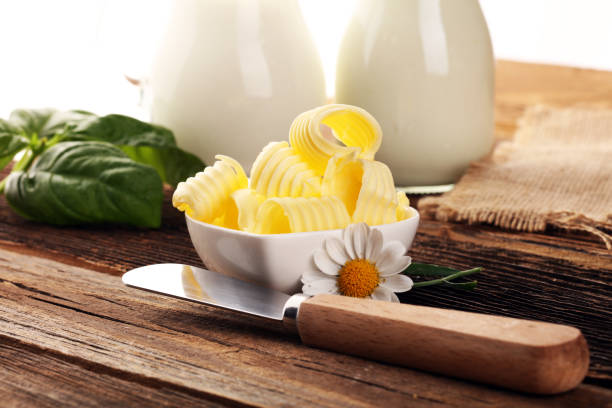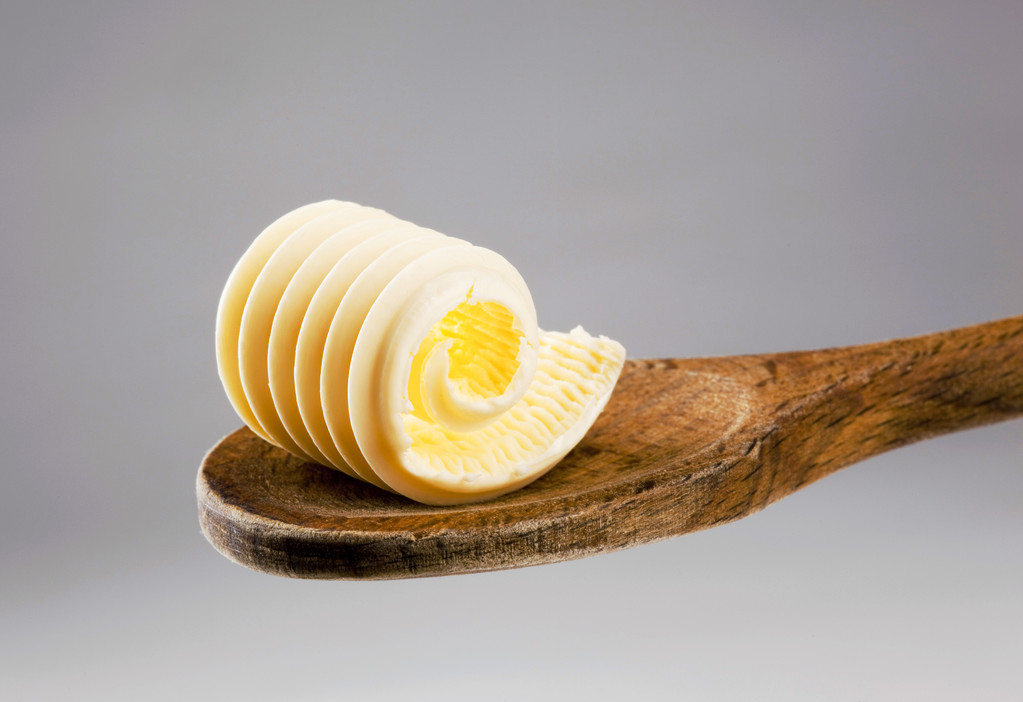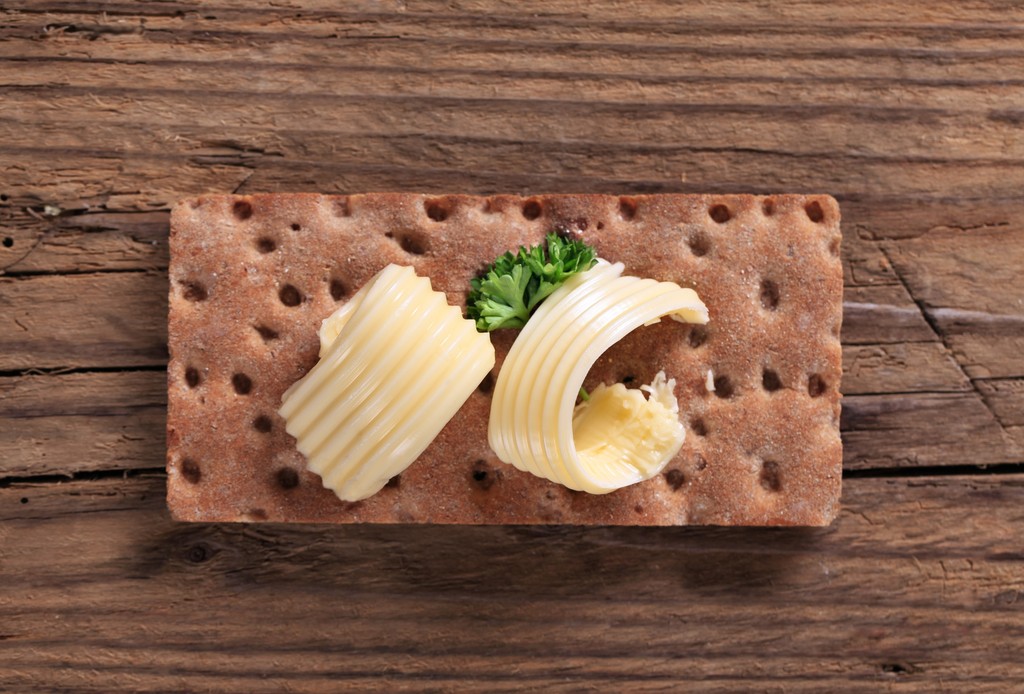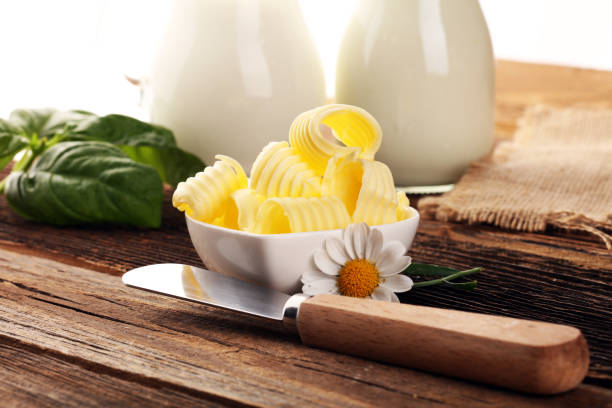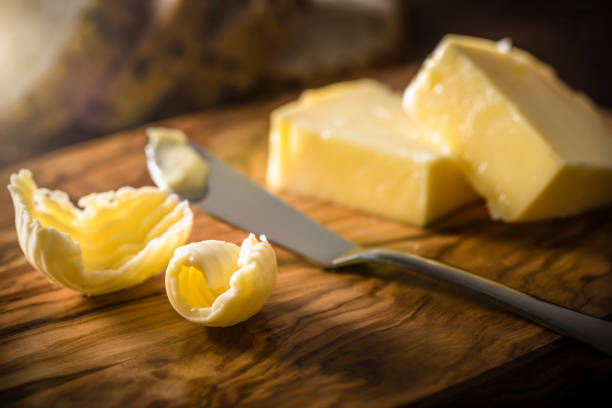Don’t let the margarine take you off the bread – especially not if it was made with a lot of love. You can easily do this at home with a trio of ingredients: Here you can find out how you can make margarine yourself!
Margarine – vegetable fat spread

Germans consumed around five kilos of margarine per capita in 2014. Whether pure on freshly baked bread or as a basis for sausage, cheese, or jam sandwich is up to personal taste. Margarine is particularly popular with vegans: the fat spread consists mainly of vegetable oils and water – dairy products such as those used to make butter are not needed here.
If you want to make margarine yourself, you can choose between different oil variants – depending on how intense the vegetable fat spread should taste in the end. Above all, olive, linseed, and rapeseed oil are suitable for the production of margarine, as they have an optimal mixture of fatty acids.
Margarine is so healthy
“good” margarine contains up to 70 percent monounsaturated fatty acids. The body needs these fats for the metabolism and the elasticity of the cell membranes. About half of this percentage consists of polyunsaturated fatty acids. They are not produced by the body itself and must therefore be ingested through food in order to be involved in important metabolic processes.
Anyone who reaches for margarine from the supermarket should pay attention to the label “hydrogenated fats”: These can be unhealthy trans-fatty acids that can arise during the chemical hardening process of the margarine. It’s healthier to make the margarine yourself – that way you know for sure what’s in it! Nadine Burck from the blog dreierleiliebelei has a great and simple recipe up her sleeve for all margarine fans!
Make margarine yourself
The ingredients for 200 grams:
- 50 grams of cocoa butter
- 150 g rapeseed oil
- a pinch of salt
The preparation:

- Slowly melt the cocoa butter over a bain-marie at medium temperature and remove it from the heat as soon as it is liquid.
- Now stir in the rapeseed oil and salt and pour into a sealable bowl and refrigerate until the margarine is firm.


